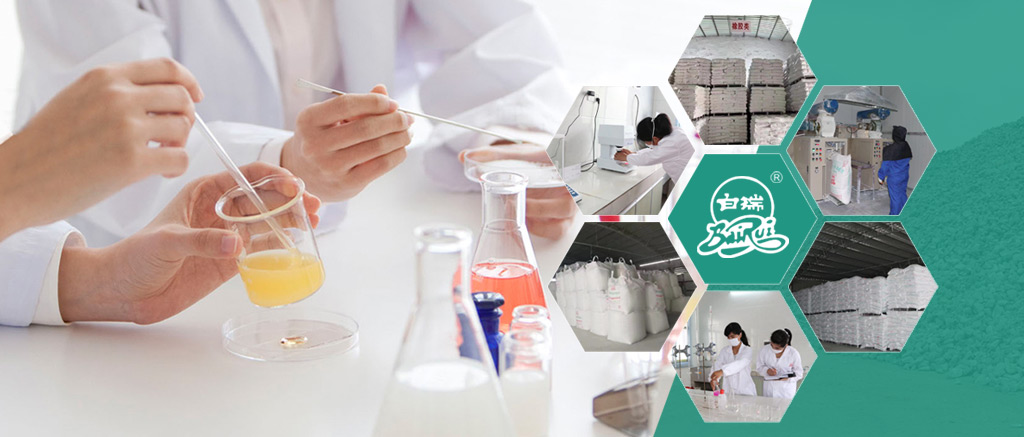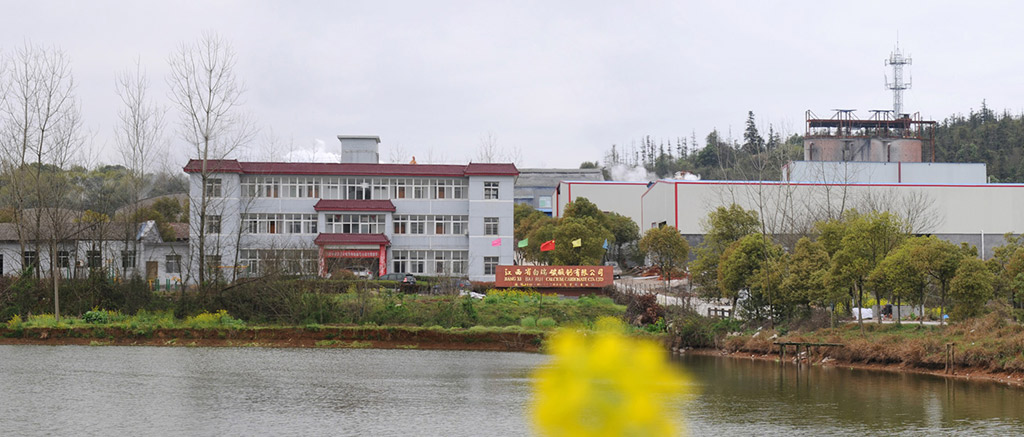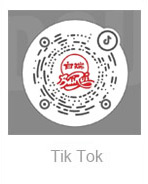Calcium carbonate is used in PVC, which factors will affect product performance
Time: 2018-10-30
Calcium carbonate, as a filler in PVC, is the largest and most commonly used material in all fillers. Because calcium carbonate has the characteristics of low price, non-toxic, non-irritating, odorless, white, low refractive index, easy coloring, soft (Mohs hardness of 3), sufficient supply of raw materials, and can reduce the shrinkage rate of products. Therefore, calcium carbonate is widely used in PVC products as a filler. The industry generally believes that the factors that cause the poor performance of PVC profile products are mainly the following:
First, the mixing process and formula are unreasonable
1, filler too much, due to the current low price of profiles on the market, raw material prices are rising, many profile manufacturers are in the cost reduction. The regular profile manufacturers are in the premise of not reducing the quality, through the optimization of the formula combination to reduce the cost; Some manufacturers have reduced the quality of their products while reducing the cost.
2, the number and type of impact modifier, under the action of stress, impact modifier can increase the total energy of PVC rupture. At present, CPE, ACR, MBS, abs, EVA, etc., are the main varieties of impact modifiers of rigid polyvinyl chloride, of which CPE, EVA, ACR modifiers do not contain double bonds in the molecular structure, good weather resistance, suitable for outdoor building materials, they blend with PVC, It can effectively improve the impact resistance, processability, weather resistance and welding Angle strength in a certain range of hard polyvinyl chloride.
3, too much or too little stabilizer, stabilizer role is to inhibit degradation, or with the release of hydrogen chloride reaction and prevent PVC processing discoloration. The amount of stabilizer will also affect the impact strength of the profile, too much or too little will cause the strength of the profile to decrease and cause the profile brittle phenomenon.
4, the amount of external lubricant is too much, the compatibility of external lubricant and resin is low, can promote the sliding between the resin particles, thereby reducing the friction heat and delay the melting process, this effect of the lubricant in the early processing process (that is, before the external heating and internal friction heat make the resin completely melt and the resin in the melt loses its identification characteristics) is the largest.
5, hot mix charging sequence, temperature setting value and curing time are also decisive factors for the performance of profiles
Pvc-u formula has many components, the selection of the feeding order should be conducive to play the role of each additive, and is conducive to improving the dispersion speed, and avoid its adverse synergistic effect, the feeding order of the additive should help to improve the complementary effect of the additive, to overcome the effect of elimination, so that the additive should be dispersed in PVC resin, fully into the PVC resin inside.
Second, the extrusion process is unreasonable
1, excessive or insufficient plasticization of the material, which is related to the process temperature setting and feeding ratio, the temperature setting is too high will cause the material to be over-plasticized, and some of the components with lower molecular weight will decompose and volatilize; The temperature is too low, and the molecules in the components are not completely fused, and the molecular structure is not firm. However, if the feeding ratio is too large, the heating area and shear of the material will increase, and the pressure will increase, which will easily cause over-plasticization. The feed proportion is too small to reduce the heating area and shear of the material, resulting in underplasticization. Whether it is over plasticized or under plasticized, it will cause the fracture phenomenon of profile cutting.
2, the head pressure is insufficient, on the one hand, related to the mold design (which is described separately below), on the other hand, it is related to the feeding ratio and temperature setting, when the pressure is insufficient, the compactness of the material is poor, and the organization will be loose and brittle material phenomenon, then the measurement feeding speed and the extrusion screw speed should be adjusted to control the head pressure between 25Mpa-35Mpa.
3, the low molecular components in the product is not discharged, the production of low molecular components in the product generally has two ways, one is produced in the hot mixing, which can be discharged through the dehumidification and exhaust system in the hot mixing. The second is part of the residual and extruded water and hydrogen chloride gas produced under heat and pressure. This is generally forced to discharge through the forced exhaust system of the exhaust section of the main engine, the vacuum degree is generally between 0.05Mpa-0.08Mpa, not open or too low, will remain in the product of low molecular components, resulting in the mechanical properties of the profile decline.
4, the screw torque is too low, the torque of the screw is the value of the reaction machine under the stress state, the level of the process temperature set value, the number of feed proportion are directly reflected in the screw torque value, the screw torque is too low to reflect the low temperature or the feed proportion is small, so the material in the extrusion degree is also not fully plasticized, it will reduce the mechanical properties of the profile. According to different extrusion equipment and mold, screw torque is generally held between 60% and 85% to meet the requirements.
5, traction speed and extrusion speed does not match, traction speed is too fast will cause the profile wall thin mechanical properties decline, and traction speed is too slow, the profile is subjected to large resistance, products in a high tensile state, will also affect the mechanical properties of profiles.
Third, the mold design is unreasonable
1. The section design of the die is unreasonable, especially the distribution of the internal ribs and the processing of the interface Angle. This results in stress concentration and requires improved design and the elimination of right and acute angles at interfaces.
2, the pressure of the die head is insufficient, and the pressure at the die head is directly determined by the compression ratio of the die, especially the length of the straight section of the die. The compression ratio of the die head is too small or the flat section is too short, which will cause the product to be undense and affect the physical properties. On the one hand, the change of die pressure can adjust the flow resistance by changing the length of the straight section of die head; On the other hand, in the mold design stage, different compression ratios can be selected to change the extrusion pressure, but it must be noted that the compression ratio of the head should be adapted to the compression ratio of the extruder screw; The melt pressure can also be changed by changing the formula, adjusting the extrusion process parameters and increasing the porous plate.
3, for the poor confluence of shunt bars, the performance decline should be appropriately increased between the bar and the outer surface, the length of the bar and the confluence, or increase the compression ratio to solve.
4, the mouth die discharge is not uniform, resulting in inconsistent wall thickness of the profile, or inconsistent density. This also causes the difference in mechanical properties between the two faces of the profile, and we sometimes cold punch one side qualified and one side unqualified during the experiment, which is precisely proved to be this point. As for the wall thin and other non-standard profiles here will not say more.
5, the cooling rate of the mold, the cooling water temperature often does not attract enough attention, the role of cooling water is to cool the macromolecular chain of the profile stretch in time to achieve the purpose of use. Slow cooling allows the molecular chains enough time to stretch, which is conducive to setting. The rapid cooling, the temperature difference between the water temperature and the extruded billet is too large, the sudden cooling of the product is not conducive to the improvement of the low temperature performance of the product.
Four, the incision has the phenomenon of collapse
It is worth discussing that there is a situation in the profile sampling test, whether it is cold punching, Angle strength or size change rate after heating, etc. are up to standard (GB/T8814-2004), but there is still a slight non-obvious crack phenomenon at the time of unloading, especially the internal rib.







 Home
Home  News
News


